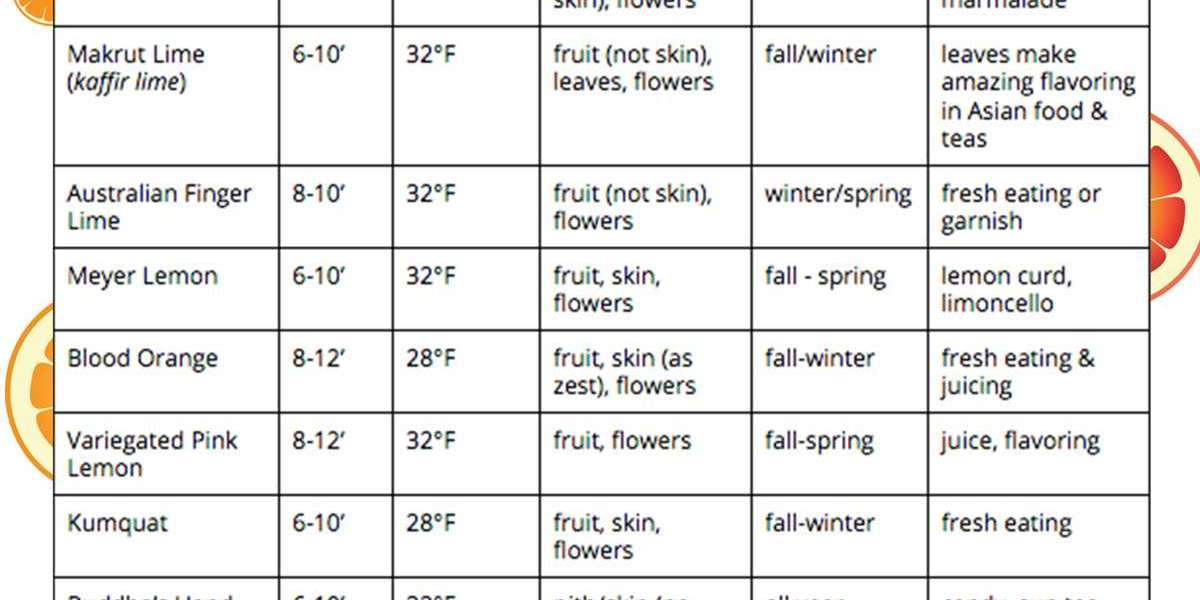As you plan for the Fall season, a family of fruits to consider is citrus. Did you know you can grow citrus throughout all seasons? Have you considered growing lime, lemon, grapefruit or orange trees? Aside its citrus immune booster properties, citrus in your backyard is doable and practical year round. As a horticulture practitioner, it requires that I actively study, pursue and compare what the professionals are doing and at this point carve out the best approach for urban living. Today’s wellness blog promotes growing organic citrus in your own backyard during colder months. In the Northeast, winters can dip as low as below 10 and who knows what they have in store for us this winter. So, as an intentional gardener, you plan ahead. To ensure growth throughout the season, you must plan where the tree can be easily moved to a warmer area if it dips below 20s, teens, single digits or lower. The easiest way to transfer plants is if they grow in pots. I’ve compiled research and summarized the recommendations that will allow you to grow happy, healthy, and productive citrus plants including the colder months. Go ahead, give it a try...
While most experts will commence with the pot size, the reality is you need to decide with citrus meets your fancy. The citrus guide that is attached should assist you in making a decision. For me, I am also considering the best immune benefits as we move into the colder months. That includes: oranges, limes, lemons, grapefruits. Suffice it to say there are different kinds of oranges, which you can research or what you can readily access in your local farmer’s market. The goal is to obtain the seeds and plant. If you purchase organic citrus, you can grow an organic citrus orchard. The next step is the planting container. As stated you will not plant directly in the ground because you want to be able to transport the plant easily in the colder days. Three weeks ago, I planted organic lemon and orange seeds in plastic pots. As it gets colder, I will transport them to the patio and ultimately inside with wintry weather. This may likely occur as early as November or as late as Jan-February. Now for additional recommendations from the experts:
1. Pot selection:
Factors to consider:
a. Plastic or clay pots?
I started with plastic and ceramic. You can also start with clay, ceramic or plastic pots, but consider the back end when ready to transport. As a side note: since terra cotta pots seem to cause moisture loss much faster than plastic pots, the recommendation from the experts is to place in plastic pots.
b. Pot shape (shape matters)
While a top heavy approach is not necessarily good for business, for gardening, it’s recommended. Vase-shaped pots (known to be larger on the bottom, smaller on top), becomes challenging when you have to remove the trees for root pruning or to be “potted up” into larger pots. The experts recommend getting pots that are either not angled at all or are larger at the top.
- Pot Size
The recommended pot size by most experts is 20″ x 20″. You can start with smaller pots, then transfer or start big. It’s your call. The goal here is to render space for growth. The final pot size for citrus trees is 25 gallons (usually about 22″ in diameter). If 25 gallons is too big or heavy for you, don’t despair – your citrus will be fine in smaller pots, but you’ll need to do more regular root pruning, watering, and fertilizing, especially as the plant gets older/larger.
d. Pot holes
Often, the large plastic pots do not come with holes at the bottom. This was a surprise when I first planted pumpkin seeds. I could not figure out why the plant was drowning and not growing ![]() LOL. Being the curious beaver, I decided to lift the vase and to my surprise, there were no real holes that allowed water to drain. I was required to use my hand drill and create the hole or knock-out the holes that were set up for that purpose. You live and learn. So, don’t drown your plants. If you have to drill holes, this is another reason to use plastic pots as opposed to ceramic pots or terra-cot clay pots. In the cold months, if you’re going to have your citrus indoors, you’re going to need to have drainage plates under your pots. Plan accordingly. Currently, most gardening suppliers are on sale including pots with the exception of fertilizer.
LOL. Being the curious beaver, I decided to lift the vase and to my surprise, there were no real holes that allowed water to drain. I was required to use my hand drill and create the hole or knock-out the holes that were set up for that purpose. You live and learn. So, don’t drown your plants. If you have to drill holes, this is another reason to use plastic pots as opposed to ceramic pots or terra-cot clay pots. In the cold months, if you’re going to have your citrus indoors, you’re going to need to have drainage plates under your pots. Plan accordingly. Currently, most gardening suppliers are on sale including pots with the exception of fertilizer.
2. Soil mix
Citrus needs well-draining, yet highly fertile soil. As a new gardener, I didn’t realize that you can’t simply put garden soil into a pot and expect plants to grow well – the soil will soon turn into slab. Another upside to being a holistic practitioner. You learn, put to the test, and retool, and learn from your mistakes. According to Better Home Gardens, "That’s why garden soil and potting soil are sold separately at garden centers. If you’re a beginner, simply buy organic potting mix for your citrus, then add fertility as recommended."
3. Watering
The consistency of your soil in each pot should be damp not swamp like. If your soil is swampy, the roots can’t get the oxygen they need to function,and bacteria start to spread. Some experts recommend you can spritz your leaves daily in hot weather, but you may not need to water the soil. Experts agree, there is a preference for light, regular watering than infrequent heavy watering. As a beginner, the rule of thumb is:
- Warm Weather – In the hot sunny days of summer, potted citrus will need to be watered at least twice a day. I make this decision. If you water at night and the temperatures are in the high 80s,it should hold. If the temp is expected in the 90s or higher will a full day of sun, then I water around evening by 8pm latest and around 6:30-7am before the sun hits.
- Cool Weather – In the cooler months when temps are in the 40s-60s, you water once every 1-2 days as needed.
4. Nutrition
Growing citrus in a pot, its roots and fungal symbionts can’t go beyond what’s inside the pot to source additional fertility. I did not know citrus are heavy feeders. To fertilize citrus, the experts recommend a combination of:
- organic citrus fertilizer (if you only use one thing, use this!);
- liquid gold aka urine
- Since citrus is a heavy-feeding nutrient, liquid gold is recommended by the experts.
- Yes, due to its high nitrogen content, human urine is far too concentrated to use directly on your plants without causing fertilizer “burn,” which can kill the plants. The recommended ratio to the urine is somewhere between 6:1 – 10:1 with water before applying.
- liquid kelp and/or fish emulsion;
- worm castings and/or compost, top-dressed about 1/2″ deep then mulched;
- make sure each of pot has worms in it. This helps keep the soil aerated and microbe-rich
I purchased the organic citrus fertilizer from Home Depot and at this point, you may want to consider liquid gold as fertilizer. Human waste has been used for years to feed the soil. There is no difference here.
Citrus fertilization schedule:
- Spring –apply a small amount of fertilizer once every 2-3 weeks.
- Summer – fertilize once every 3-4 weeks.
- Winter – fertilize once every 6 weeks.
This means you must plan accordingly, document on your farmers calendar and be meticulous with the schedule.
5. Root Pruning
If you want to continue to have healthy, highly productive citrus trees grown in pots, you’ll need to do some root pruning in the late winter/early spring at least once every 2 years.
6. Pest Disease Control
For pest disease control, the local gardener store recommended Neem oil. According to the experts, it is highly effective. There are pros and cons to when it's outside and when it's inside. During the summer, I had ants outside and inside. What worked well around the plants was bottle sugar water. Ants checked in and didn't check out. I did a video on Hebrew Connect, please review for further instructions to resolve your ant problem. Baking soda is also used as an insect repellant.
7. When to bring citrus indoors or outdoors
Pending on your climate location, citrus should be placed indoors when temps reaches freezing level. Experts recommend your garage on days/nights when temps are below freezing. Use a small space heater to make sure the garage stays well above freezing. You can use a small sun room as well. I have not reached at this point in my growth, but it makes sense to pull the citrus plant indoors when temps hit below freezing. Furthermore, if you live in a colder climate zone where temps are typically below freezing for days or weeks at a time, you’ll need enough light (the equivalent of 6+ hours direct sunlight) with:
- a sunroom or room with a sunny, south-facing window, or
- indoor LED grow lights
8. How to move large potted plants
Once your citrus plants are in large pots, they’re not easy to move. Hand trucks don’t work all that well and can break the branches. The experts recommend a heavy-duty plant dolly with wheels. If I can be this lucky. You neve know.
If you elect to go on this citrus journey while awaiting the 2nd Exodus, please comment. If you have an orchard, please be sure to add your expert advice in the comment. Still having fun learning and growing in my quest to sustain in an urban community. APTTMH!
Shalom
Sis CeeCee














